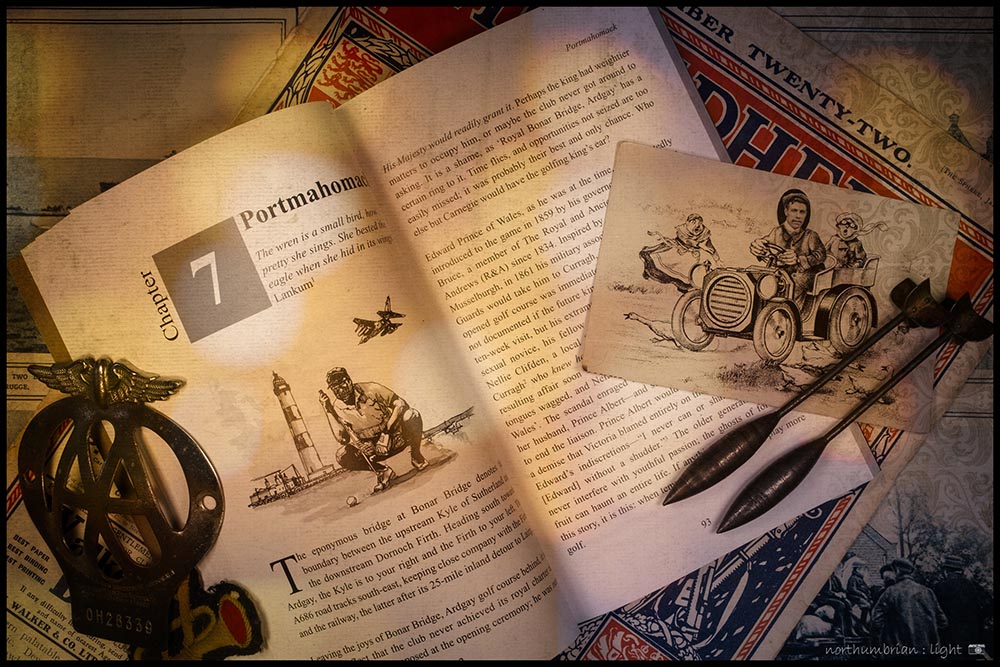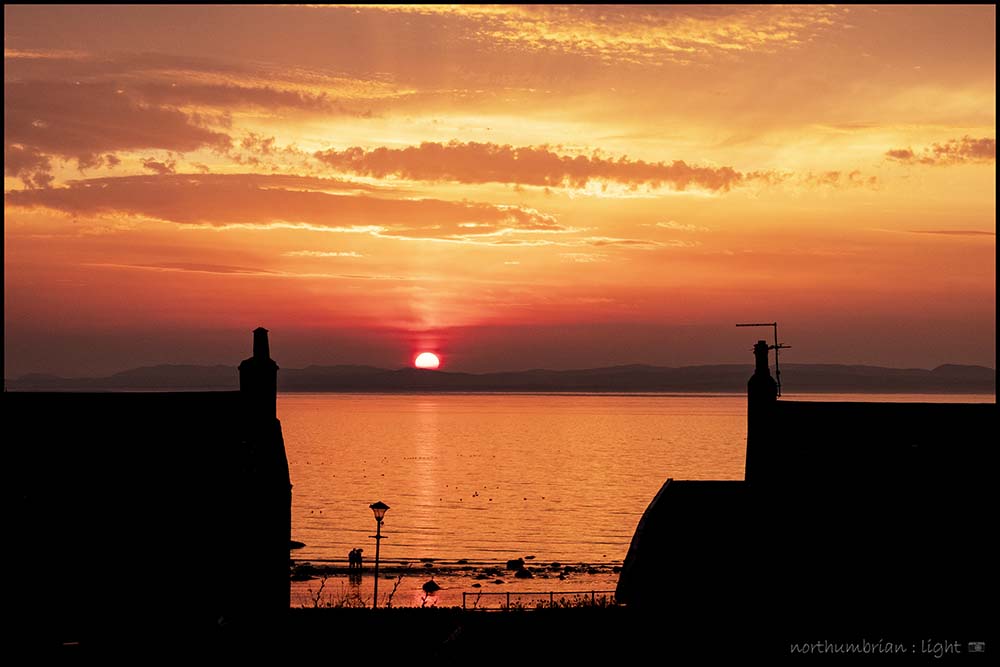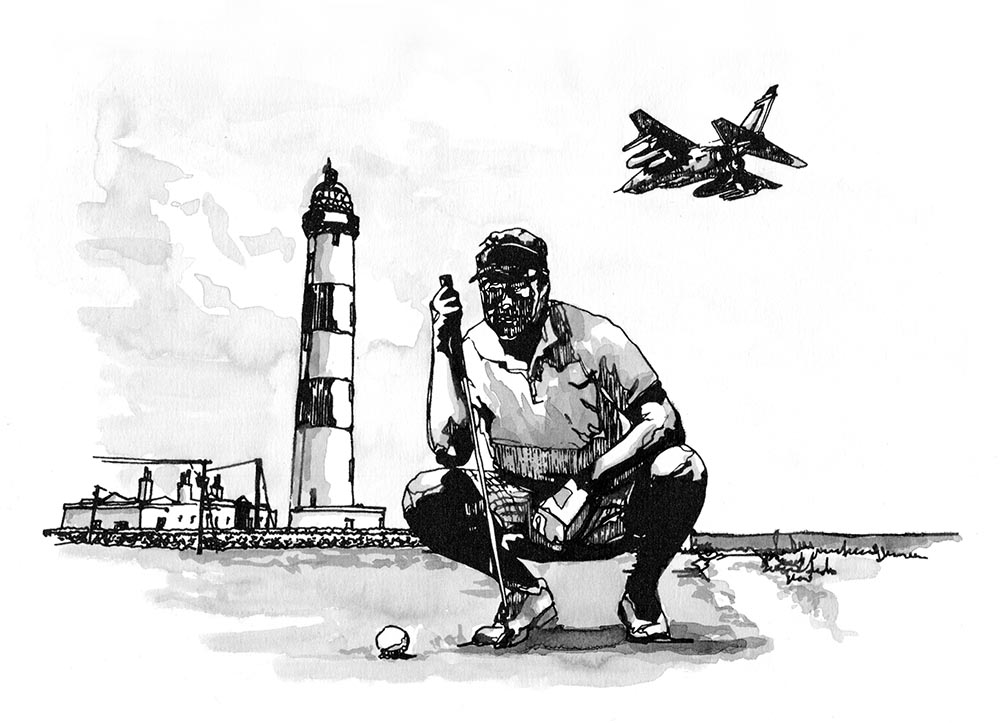Chapter 7: Edward Prince of Wales, as he was at the time, was reportedly introduced to golf in 1859 by his governor, General Robert Bruce, a member of The Royal and Ancient Golf Club of St Andrews (R&A) since 1834. Inspired by an exhibition match at Musselburgh, in 1861 his military association with the Grenadier Guards would take him to Curragh, Ireland, where the recently opened golf course was immediately adjacent to the camp. It is not documented if the future king found time for golf during his ten-week visit, but his extramural activities became infamous. A sexual novice, his fellow guards arranged an introduction to Nellie Clifden, a local ‘actress’ and possibly a Wren of the Curragh* who knew her way round the camp in the dark. The resulting affair soon became public knowledge as the guards’ tongues wagged and Nellie became known as the ‘Princess of Wales’. The scandal enraged his parents—Queen Victoria and her husband, Prince Albert—and steps were immediately taken to end the liaison. Prince Albert would die a few months later, a demise that Victoria blamed entirely on the anguish caused by Edward’s indiscretions—“I never can or shall look at him (Edward) without a shudder.”** The older generation should never interfere with youthful passion; the ghosts of forbidden fruit can haunt an entire life. If anything is to be learned from this story, it is this: when tempted by sins of the flesh, play more golf.
* Wrens of the Curragh were an outcast community of nineteenth-century Irish women who lived rough, brutally hard lives on the plains of Kildare. The name comes from the shelters they lived in, hollowed out ‘nests’ in the ground which they covered with layers of furze. Their number included unmarried mothers, free-thinkers, alcoholics, prostitutes, vagrants, ex-convicts and harvest workers. All of them women who had, in one way or another, put themselves beyond the pale of respectable society. ‘Songbirds on society’s margins’, The Irish Times, 13 October 2001
** Victoria, as quoted in Jane Ridley’s Bertie: A Life of Edward VII.



